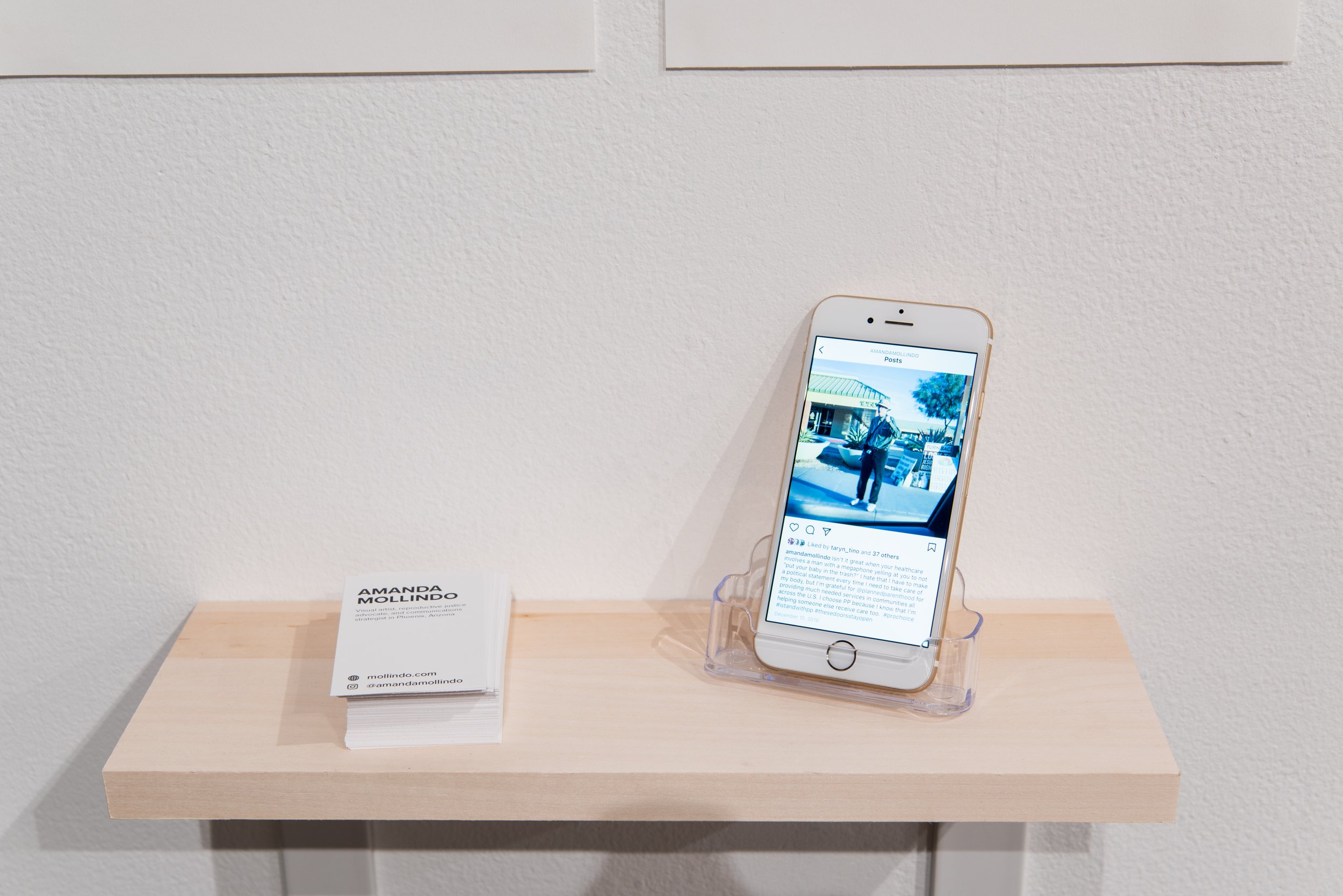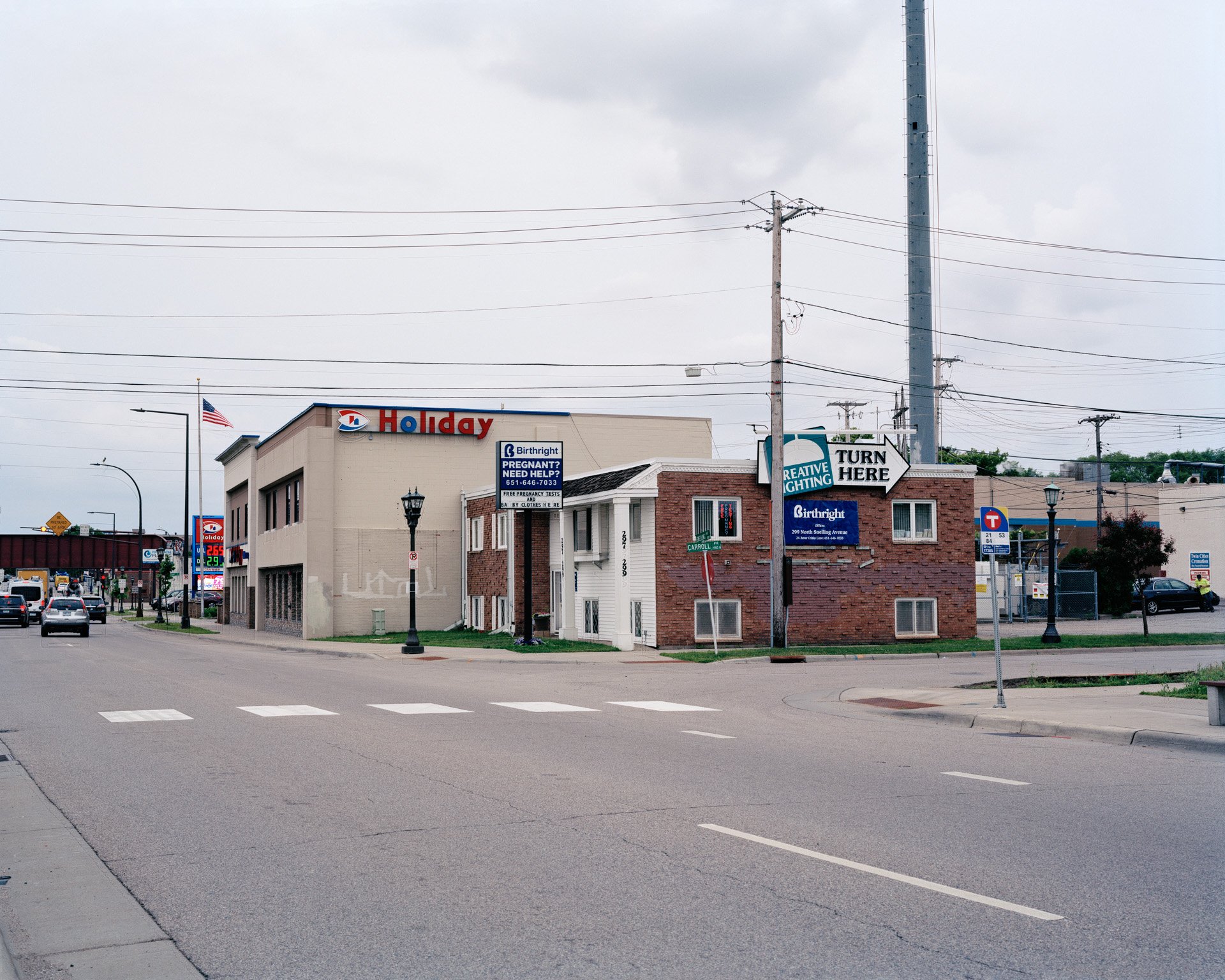-
I was about to enter a Planned Parenthood health center for a routine birth control refill when an anti-abortion protester with a megaphone yelled, “They’re going to put your baby in the trash!” This was nothing new — I had been going to the same health center for five years and a group of them always seemed to be there. During past visits, their presence made me feel anxious and angry. But this time I wanted to do something to feel like I had power in the situation.
As I was leaving the parking lot after my appointment, I decided to photograph that man with my cell phone. Before I could take the photo, he shoved a stack of literature through my rolled down car window. I was fascinated by the material he forced on me; the pages were full of biblical scriptures, photoshopped images of supposed fetal remains, and information on where to find “help.” That was the first time I heard about crisis pregnancy centers, or CPCs, and I wanted to know more.
Since 2018, I’ve researched crisis pregnancy centers in five states that commit millions of taxpayer dollars to fund these organizations, built maps to plot their locations, and evaluated how they portrayed themselves to people seeking help. I found messages of hope, faith, and empathy contrasted with stigma, bias, and misinformation in the process.
Crisis pregnancy centers, also known as “anti-abortion clinics” or “fake pregnancy clinics,” are religiously affiliated organizations that typically lack medically trained staff. While they advertise free pregnancy tests, ultrasounds, and STI testing, people have reported troubling experiences with staff members pressuring them to keep an unwanted pregnancy. The centers are often located near Planned Parenthood health centers, independent abortion clinics, schools, low-income neighborhoods, and in rural communities to target people who already face disproportionate barriers to reproductive healthcare. With laws in eighteen states ensuring their financial viability and a Supreme Court ruling limiting what regulations states can impose on them, crisis pregnancy centers are most likely here to stay. And in a post-Roe landscape, they have more significance than ever.
While most crisis pregnancy centers try to appear as unassuming and legitimate as any other healthcare facility, my work puts the focus on their facade. With photographs in key states and detailed maps to contextualize the difficult reality for people who seek abortion care, Coercion, Compassion, and Crisis creates a space to interrogate the government’s interest in influencing pregnancy outcomes and encourages viewers to consider how we can demand better.
COCERCION, COMPASSION, AND CRISIS














